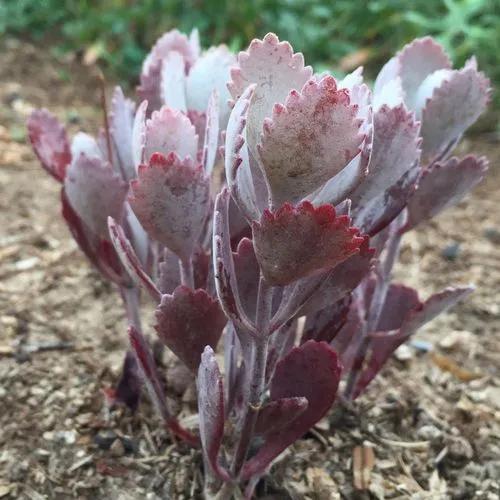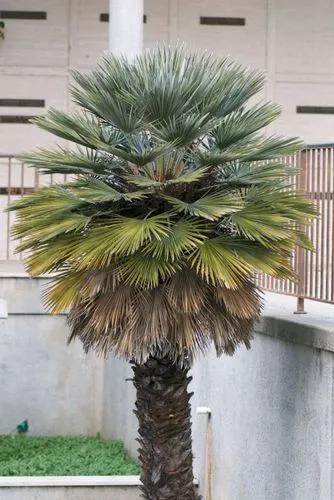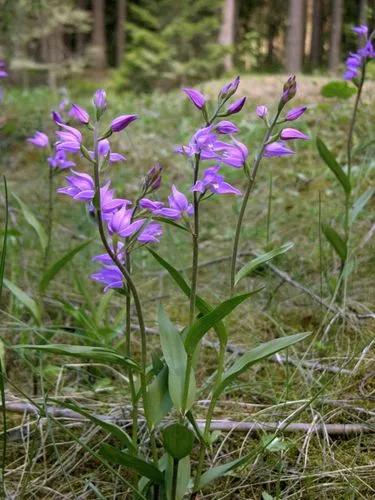Tradescantia are herbaceous perennials and include both climbing and trailing species, reaching 30–60 centimetres (0.98–1.97 ft) in height. The leaves are long, thin and blade-like to lanceolate, from 3–45 cm long (1.2–17.7 in). The flowers can be white, pink, or purple, but are most commonly bright blue, with three petals and six yellow anthers (or rarely, four petals and eight yellow anthers). The sap is mucilaginous and clear. A number of species are nyctinastic and have flowers that unfold in the morning and close when the sun shines on the flowers in the afternoon but can remain open on cloudy days until evening.
Tradescantia Care
Tradescantia



Invasive in Florida.
How to Care for the Plant

Water

These plants prefer to be kept consistently moist and will thrive if watered weekly in the summer and less frequently in the fall and winter. To check if your plant is ready for watering, feel the soil a few inches down in the pot. If it's dry, it's time to water your plant.

Pruning

Spiderwort is an aggressively growing plant that can get overly leggy if left untamed. To keep your plant in check (and encourage it to grow wider and fuller), cut the stems back periodically, trimming back to a joint. To avoid legginess, regularly pinch back the stems by at least 25 percent.

Fertilizer

Spiderwort plants don't require much, if any, feeding. At most, use a water-soluble fertilizer diluted to half-strength bimonthly. More aggressive feeding can cause the plant's leaves to lose their variegation.

Sunlight

Tradescantia like bright, indirect light. They need a good amount of light and if they don't get it, you'll notice that their leaf markings begin to fade. Direct sun, however, will scorch their leaves (with the exception being the purple queen variety, which loves full sun).

Soil

Soil Type: Moist but well-drained
Soil pH: Neutral to acidic
Temperature

Tradescantia Zebrinas prefer average to warm temperatures of 55–80 degrees during the day and above 50 degrees at night. Feed once every month during the spring and summer with a liquid fertilizer for indoor plants.

Additional

Tradescantia zebrina can be toxic

Popularity

846 people already have this plant 154 people have added this plant to their wishlists
Discover more plants with the list below
Related articles






